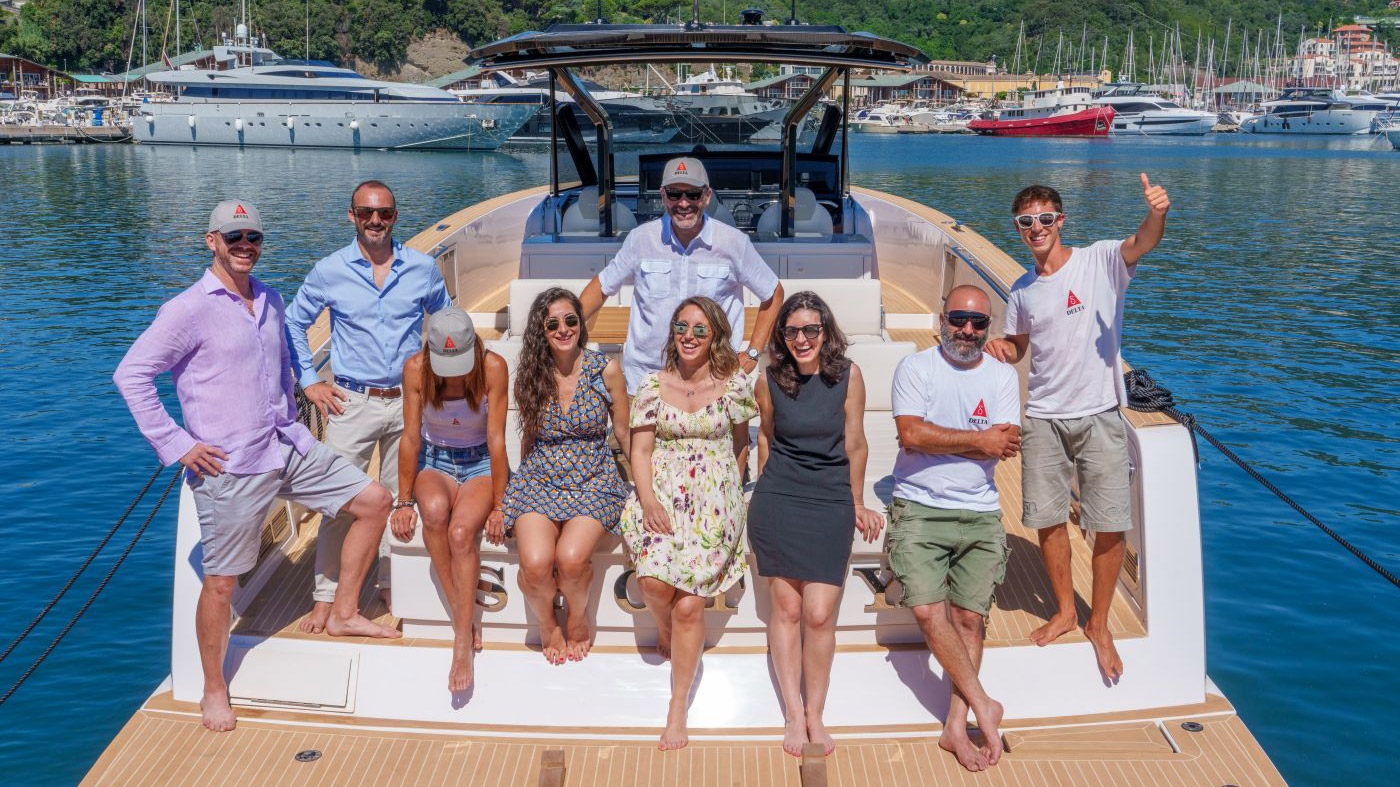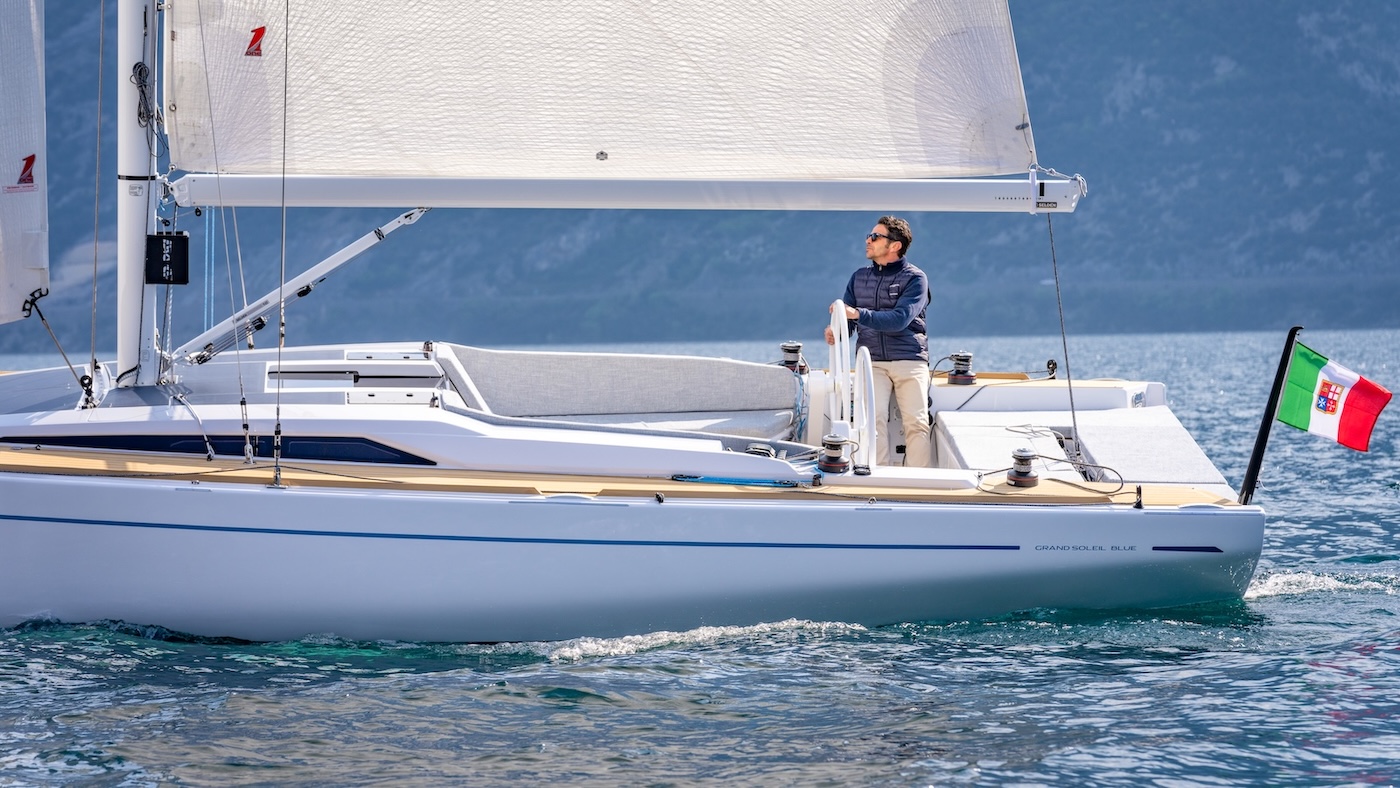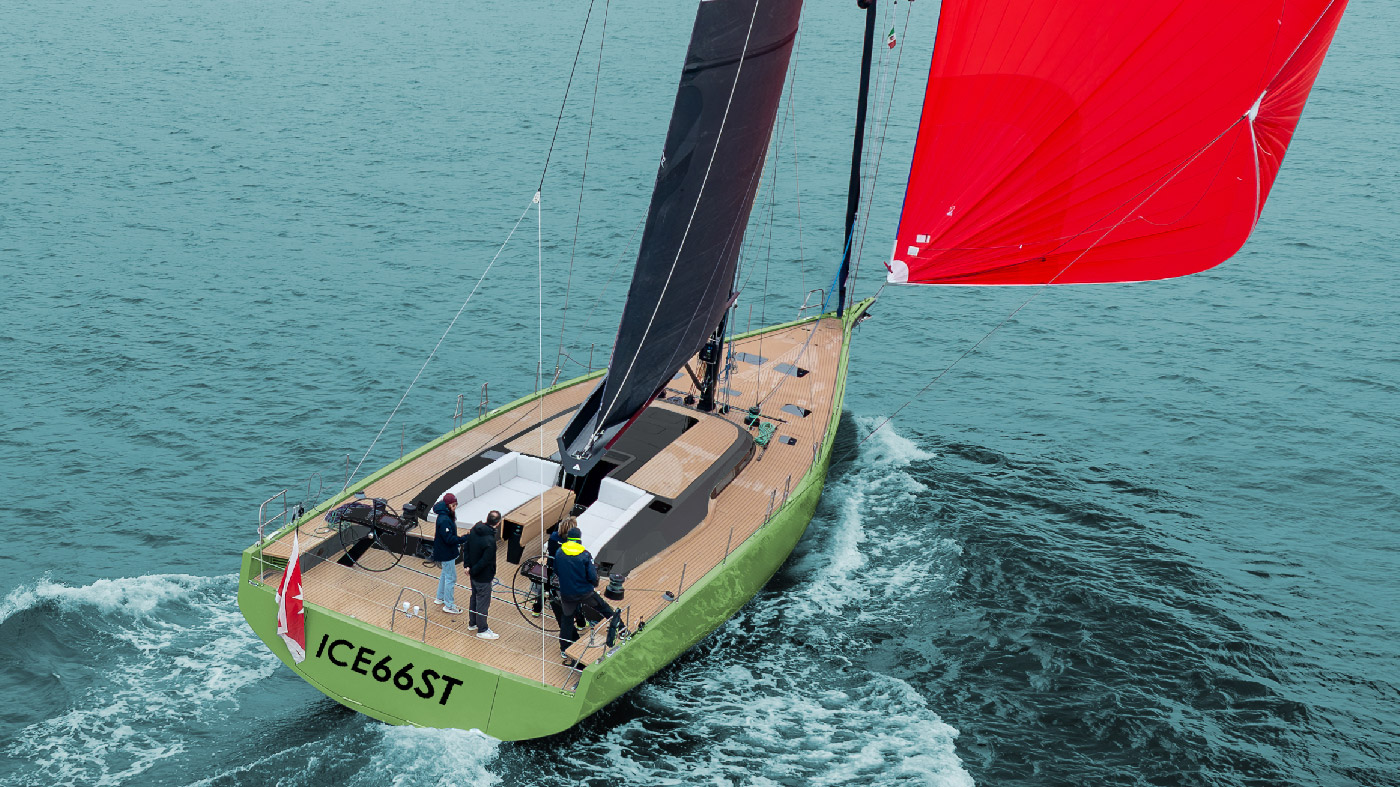The designing phase is almost complete and even the date of the first Atlantic crossing, expected in spring 2020, has been hypothesised. The construction of a scale model for the first tests will start soon and, if sponsors will not backtrack, the Mayflower trimaran, exclusively powered by solar and wind energy and with no crew on board, will be built.
The planned Atlantic crossing in 2020 will mark the 400th anniversary of the travel of the first Mayflower, the three-mast galleon which, on September 16th 1620, sailed off and took the Pilgrim Fathers from Plymouth harbour, England, to Cape Cod, in the U.S., after a two-month Atlantic crossing. The same Plymouth-to-Plymouth (from England to the States) route will be replicated by the new Mayflower.
This time, however, there will be no real crew to steer the boat but a small fleet of drones guiding it and all its functionalities across the ocean.
The project is the result of a fruitful collaboration between the University of Plymouth, MSubs, a company specialized in the production of unmanned crafts and submarines including the world’s biggest autonomous submarine, and the yacht designers of Shuttleworth Design.
The boat will be a 32 metres long and a 16 metres wide trimaran, equipped with 159 square metres of sail area which should give it a maximum cruising speed of 20 knots thanks to the hulls which should reduce the impact of waves.
Experiments like this have been already achieved with scale models. When it will be launched, the trimaran will be the first boat to make an Atlantic crossing with no crew on board.
“Mayflower will operate as a research platform – says Professor Kevin Jones, the University of Plymouth’s Executive Dean of the Faculty of Science and Engineering – conduction numerous scientific experiments during her voyage. It will be a test bed for both new navigation software and new forms of propulsion of the boat; in particular, we’ll test this particular combination of solar, wave and wind energy”.
As already mentioned, it’s the first time that an experiment like this is conducted with a boat. Until today, the Atlantic ocean has been crossed with no crew only by plans and submarines but never on its surface, where variables, especially waves, are greater.
The challenge is to show that, thanks to innovative technologies, it’s possible to create a craft completely autonomous in terms of power able to be guided by drones and not by human beings.
Construction of the new Mayflower is expected to take two years and testing another year. Consequently, time to celebrate the 400th anniversary of the first Myaflower’s voyage is short but sufficient enough.
According to some theoretical estimates, crossing could require from 7 to 10 days in good sea and wind conditions even though designers aim to collect as much data as possible during the voyage considering there are no problems related to energy supply and sustaining a crew.


























